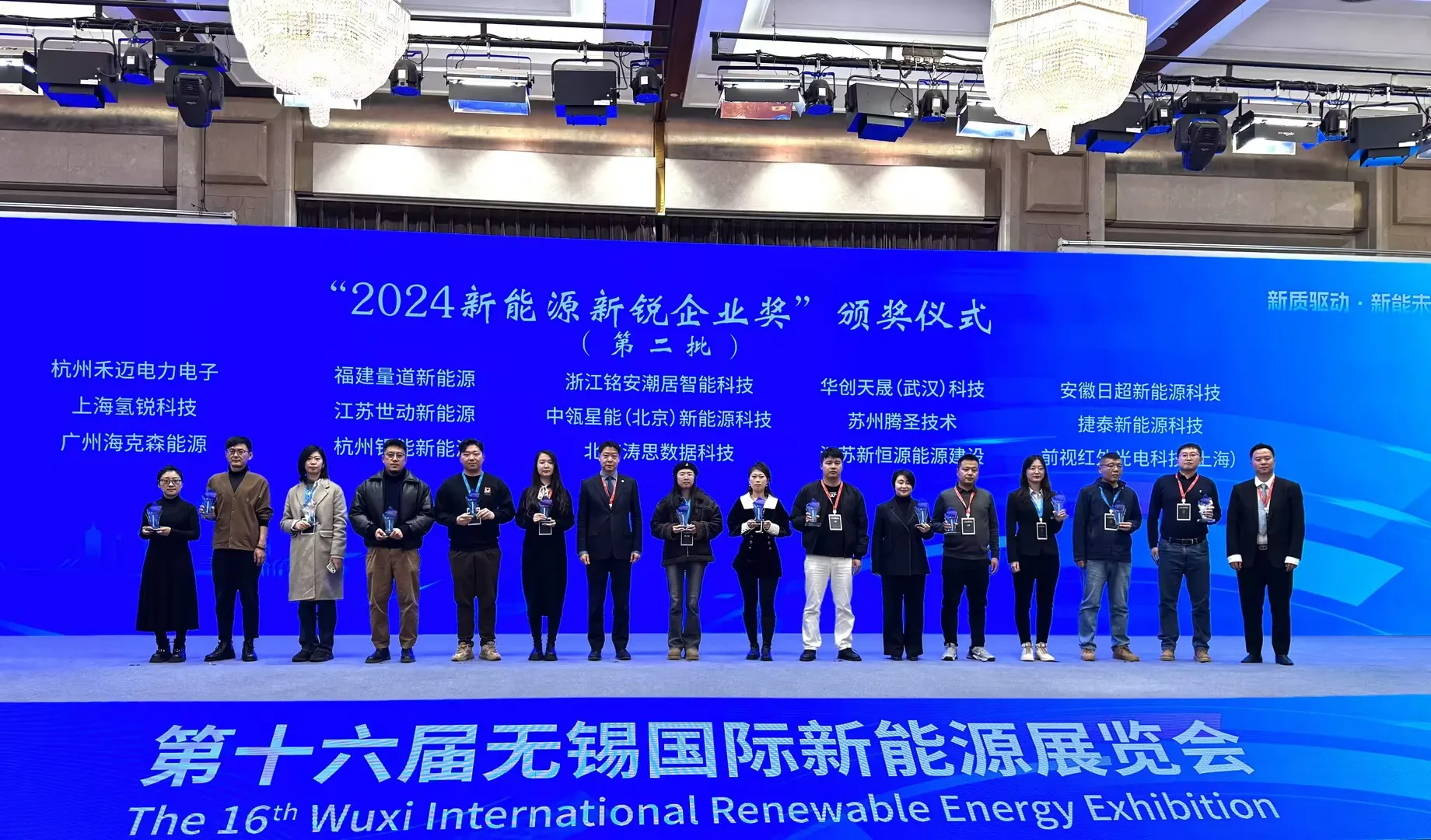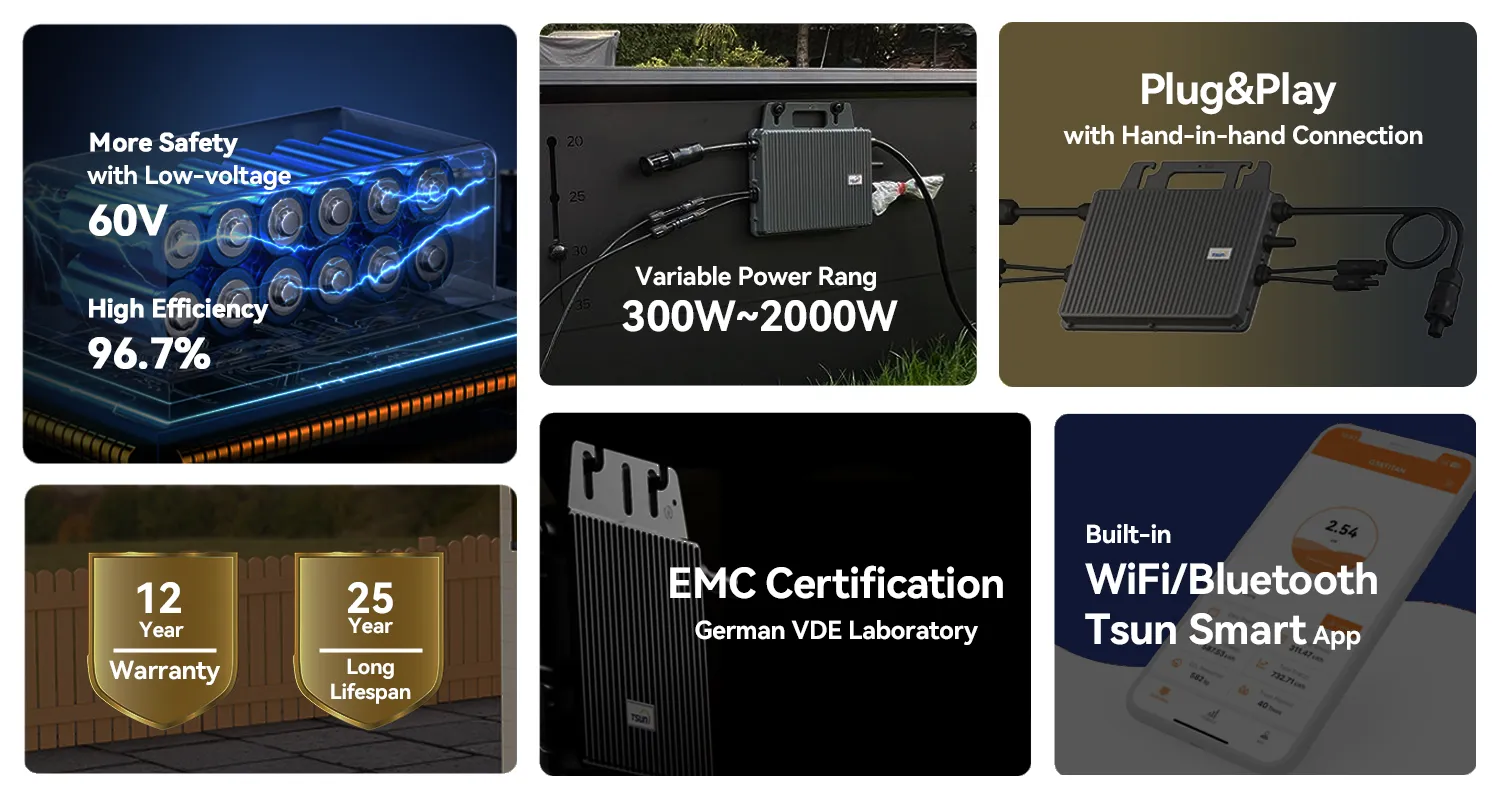Exploring the intricate world of solar energy reveals the transformative potential of thermal collection and storage. As the planet dynamically shifts towards renewable energy solutions, solar thermal technology has emerged as a cornerstone of sustainable energy production. This prominence arises from its core principles, which are as practical as they are scientifically sound.

In the heart of solar thermal technology lies the quintessential process of capturing and converting sunlight into heat, which can be efficiently stored for later use. This fascinating process is not merely technological; it fundamentally transforms how we interact with energy resources, promising a greener and more sustainable future.
The initial stage of the process involves absorbing sunlight using solar collectors. These collectors can take many forms, such as flat-plate collectors, evacuated tube collectors, or more advanced parabolic troughs. Flat-plate collectors, often used in domestic settings, are praised for their simplicity and reliability. Meanwhile, evacuated tube collectors perform exceptionally well in environments with variable temperatures due to their excellent insulation capabilities. Parabolic troughs, on the other hand, are typically suited for industrial applications due to their high efficiency in capturing direct solar radiation.

These collectors function through a profound expertise in materials science and thermodynamics. The materials used are meticulously chosen for their thermal conductivity and durability, ensuring efficient heat transfer and prolonged service life. Further expertise in fluid dynamics helps optimize the heat transfer fluids, often a specially formulated liquid, which transport the absorbed heat from the collector to the storage system.
Storing this harvested thermal energy is another crucial aspect, underscored by the principles of thermodynamics and chemical engineering. This phase involves the use of well-insulated tanks, often filled with water, salts, or other phase-change materials, depending on the required efficiency and storage duration. Expertise in thermal stratification—maintaining different temperature layers—ensures minimal energy loss during storage, thus maintaining high energy efficiency.
The trustworthiness of these systems significantly depends on their reliability and longevity. Top manufacturers rigorously test solar thermal systems under varied environmental conditions to certify their robustness. Such products often come with extensive warranties, reflecting confidence in their durability and performance.
solar energy principles of thermal collection and storage pdf
Authority in solar energy is maintained through continuous innovation and regulatory compliance. Many leading companies invest heavily in research and development, often collaborating with academic institutions to stay at the forefront of advancements. Regulatory bodies stringently set standards and certifications, which solar thermal systems must meet to be deemed viable for market use. Such compliance not only ensures consumer safety but also promotes environmental sustainability.
Crucially, the experience of using solar thermal systems must be seamless and rewarding for consumers. This involves intuitive installation processes, minimal maintenance, and user-friendly interfaces for monitoring energy consumption. Installations are increasingly customized, based on detailed assessments of the user’s geographical location and specific energy requirements.
For consumers, transitioning to solar thermal energy is both an economic and environmental decision. The cost savings from reduced dependency on fossil fuels, coupled with government incentives for renewable energy adoption, present a compelling financial argument. Environmentally, utilizing solar thermal systems significantly cuts down carbon emissions, contributing to global efforts against climate change.
To build a future where solar thermal technology is commonplace, manufacturers are working on enhancing the scalability and affordability of these systems. This vision stands to be realized through strategic partnerships with governments and NGOs focused on advancing sustainable living.
In conclusion,
solar energy's principles of thermal collection and storage underscore a profound shift towards renewable energy. By leveraging advanced science and technology, this sustainable model for energy production not only aligns with contemporary economic and environmental goals but also fosters a more resilient and sustainable energy landscape. Bridging the gap between innovation and daily utility, these technologies set a powerful precedent for future advancements in the renewable energy sector.
 LEARN DETAILS
LEARN DETAILS



